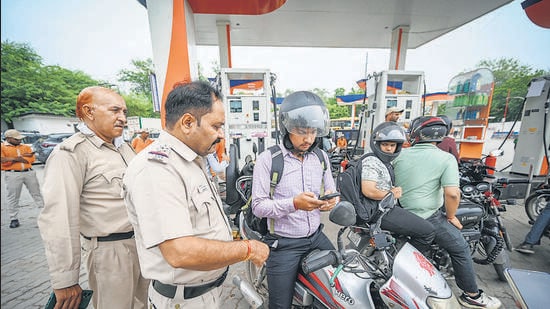Now Reading: Crackdown on End-of-Life Vehicles Begins, Only 123 Detected on Day One
-
01
Crackdown on End-of-Life Vehicles Begins, Only 123 Detected on Day One
Crackdown on End-of-Life Vehicles Begins, Only 123 Detected on Day One

Delhi’s long-awaited action on end-of-life vehicles (ELVs) finally kicked off, but the initial results were far from impressive. On the first day of the drive, only 123 old and unfit vehicles were identified across the capital. With thousands of such vehicles still plying on city roads, authorities face a tough challenge ahead in enforcing environmental compliance and improving urban air quality.
What Are ELVs and Why the Crackdown?
End-of-life vehicles refer to cars and two-wheelers that have exceeded their permissible age limit—15 years for petrol and 10 years for diesel—under National Green Tribunal (NGT) norms. These vehicles are considered high-pollution emitters and are banned from operating on public roads.
The crackdown is part of Delhi government’s larger push to tackle pollution and congestion. Officials have begun using number plate recognition systems and on-ground inspections to track and remove ELVs. Despite the tech integration, the low number of detections has raised questions about preparedness and scale.
Challenges in Implementation
One major concern is that many owners of such vehicles either hide them in private parking spaces or use them in less monitored zones. Also, due to the lack of awareness in certain pockets—especially in outer Delhi and lower-income neighborhoods—people may not even know their vehicles are classified as ELVs.
For Tier 2 cities planning similar drives in the future, Delhi’s early hurdles offer key lessons. These include the need for wider public awareness, better surveillance tools, and stronger coordination between traffic police, pollution control boards, and municipal agencies.
Impact on Vehicle Owners and Scrap Industry
Owners found violating ELV rules may face fines or impoundment of vehicles. However, many remain reluctant to surrender their old vehicles, either due to emotional attachment or lack of clarity on scrapping procedures.
At the same time, the growing focus on ELVs could create opportunities in the vehicle scrappage and recycling sector. This can boost employment and promote cleaner industrial practices, particularly in auto-focused regions like Pune, Ludhiana, and Chennai.
Conclusion
The low number of ELV detections on day one highlights the uphill task ahead for Delhi’s authorities. But the initiative marks a step in the right direction toward cleaner roads and breathable air. As more cities look to replicate this model, consistent enforcement, public cooperation, and clear communication will be key to turning policy into progress.

























